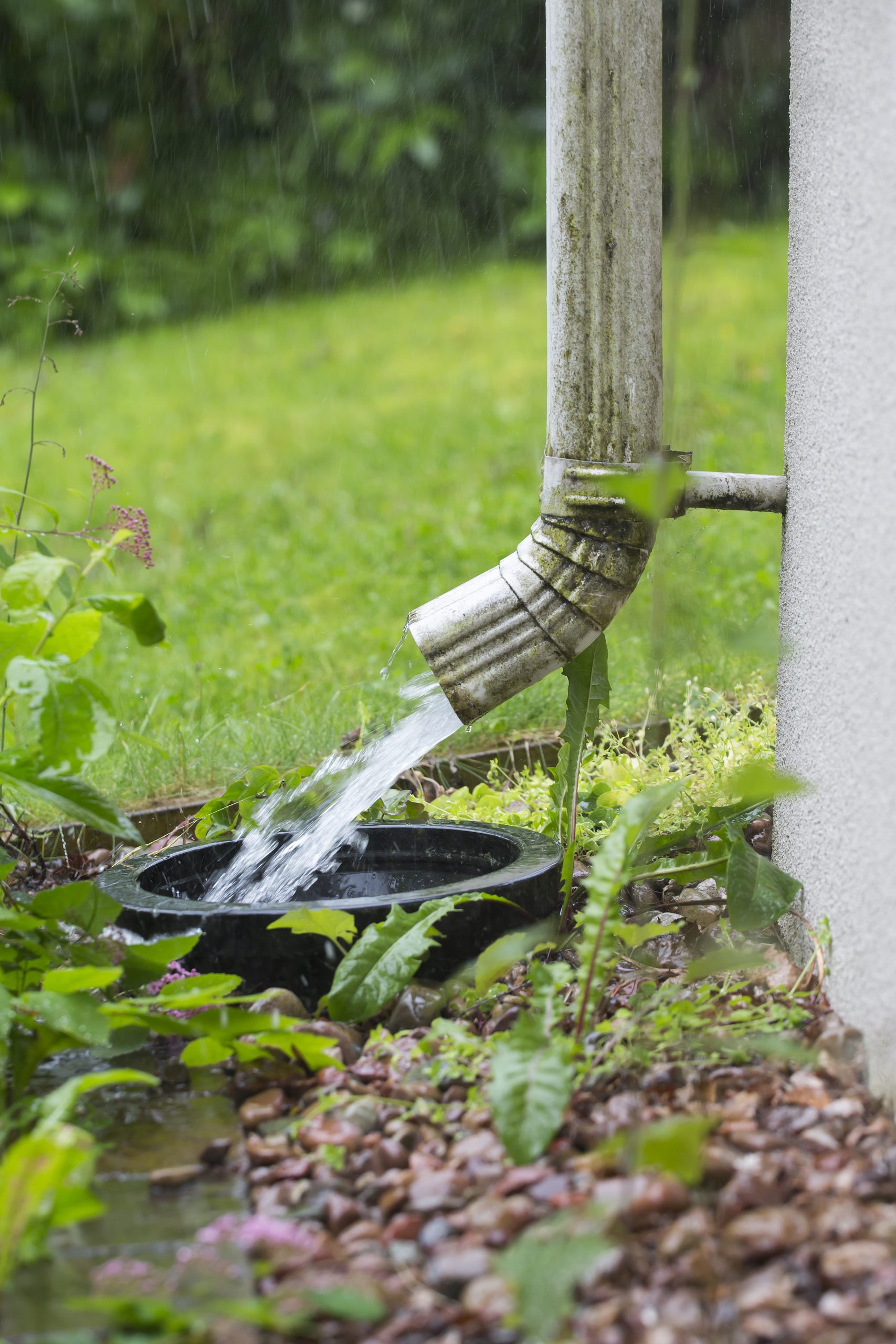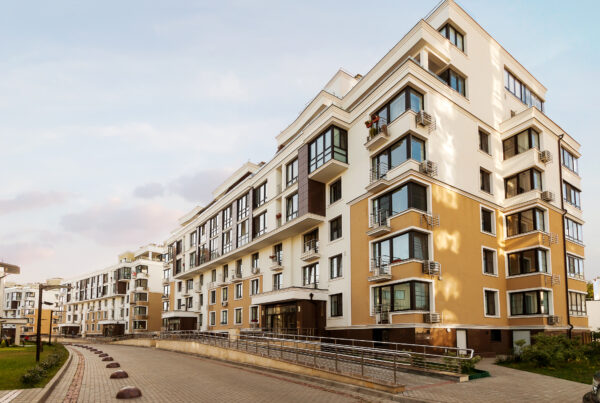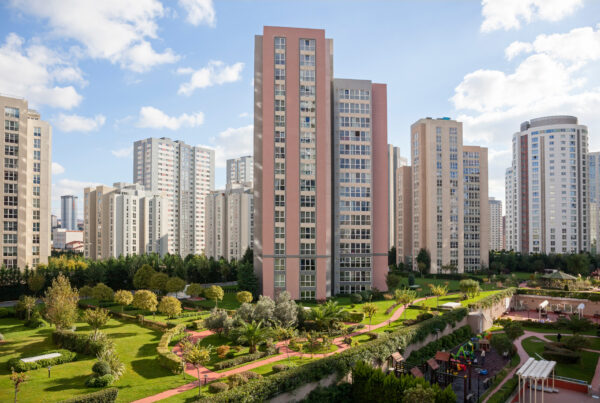With changing global climate, sustainability has become the need of the hour. Each and every individual needs to contribute what they can to mitigate the rising concerns, which includes the preservation of base resources like soil, water, etc. There is no denying climate change, but we cannot stop the large-scale consumption of water. Instead, we can consume it smartly and do our part in recharging it.
This is why all homes, especially apartments in Chennai need to have a rainwater harvesting system.
The average Indian consumes water every day in the following proportions:
Brushing: 5 litres
Toilet: 15 litres
Bathing: 70-90 litres
Drinking, cooking, and cleaning: 15 litres
Washing: 40 litres
Additionally, we spend around 100 litres for gardening, cleaning our vehicles, etc. which is intermittent usage. Adding up, it’s a whopping 200 litres on average per person. The current water catchment areas and dams in place are not equipped to deliver the necessary capacity, and thus a lot of places in India face acute water shortages throughout the year.
Most parts of India receive ample rainfall during the monsoons, and it is imperative that we harvest and store this water. The general technique is that rainwater that falls on the roofs of buildings is collected through a drain and passed on to a rainwater storage tank. Apartments in Chennai that are reasonably large will require tanks of capacity anywhere from 5000 to 20,000 litres. The average home can save up to 2,00,000 litres of water. The average household consumes about 750 L of water per day. So we can easily save up to a year’s worth of water through rainwater harvesting.
During the past years, Chennai has seen a lot of water inundation in many areas. Low lying areas get submerged during heavy and sustained rains. This is mostly due to the lack of proper drainage channels for the water. People living in apartments have their ground levels flooded and are even stranded within their homes, waiting for the water to drain. In other cases, the apartments are built on high ground, such that the water drains into the side roads and they get waterlogged on the surface. By creating adequate rainwater harvesting pits, we can solve the waterlogging problem.
We also face acute water shortages during the latter half of summer. If the groundwater has been recharged with the rainwater, then apartments in Chennai will have sufficient water to last them through the dry spells. The reliance on bore wells and tanker water supply will reduce considerably. It also keeps soil erosion from the running water at bay, stabilising the above and below ground constructions in the urban areas.
There are also several compelling financial reasons to invest in rainwater harvesting.
The Municipal Corporations of major metropolitan cities announced rebates on property taxes for developments that have rainwater harvesting systems. In some cities, the rebate is up to 5-6%. Cities like Bangalore made this practise compulsory for houses constructed within 2400 sq ft, and proposed residential construction on a site area of 1200 sq ft and above should have adequate rainwater harvesting systems. The introduction accelerated the adoption of water harvesting by over 50% in cities like Indore. The local governments also offer subsidies and discounts for both developers and individuals who want to set up a rainwater harvesting system in their buildings. Commercial developments are also expected to carry this essential feature.
The methods may vary but we can’t deny the immense benefits that rainwater harvesting brings to the cities. So many urban problems can be solved with a simple network of pipes and tanks. The water from the rivers and urban water supply can be redirected to the rural areas to give a boost to the agricultural economy.
Lifestyle Housing is a reputed developer of luxury flats in TNagar. Our new residential projects in Tnagar, Chennai, come equipped with a rainwater harvesting system that ensures groundwater recharging, no water logging in and around the apartment community, and sustained water supply throughout the year.





